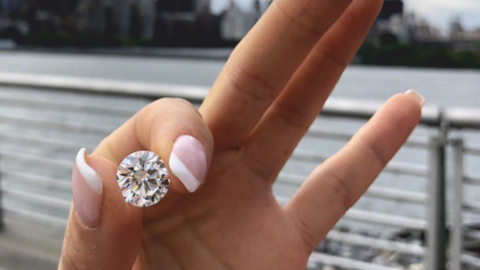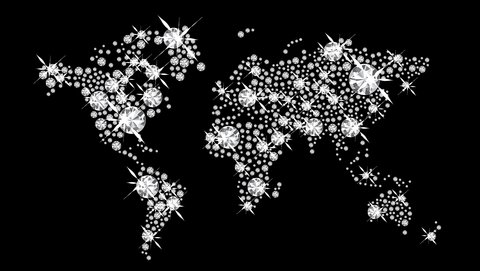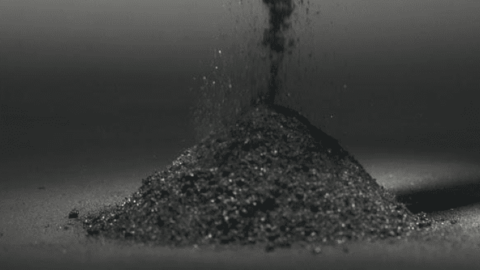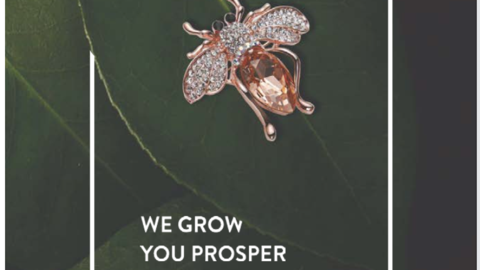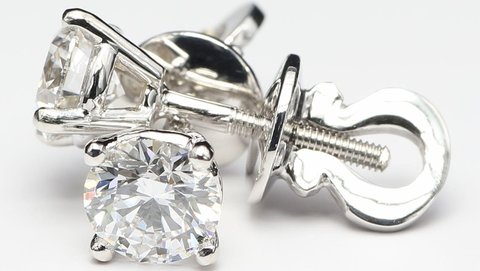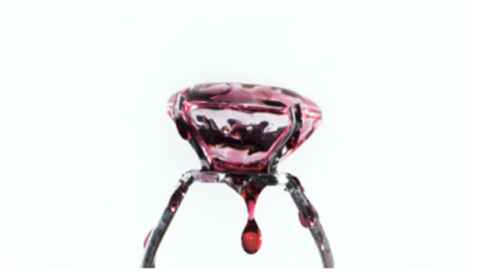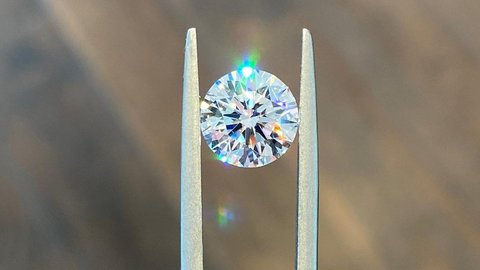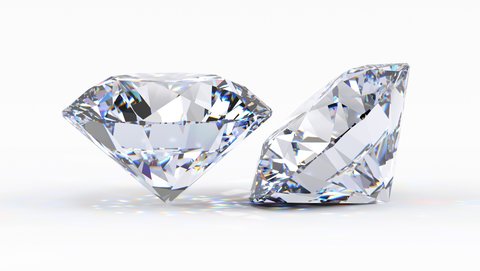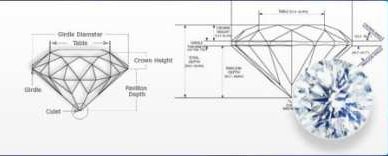Lab-Grown Diamonds in 2025: From Niche to Necessary
In 2025, lab-grown diamonds finally shook off their “alternative” label. No longer just a curiosity, they are now squarely part of global jewelry and industrial markets, and 2026 promises to deepen that transformation.
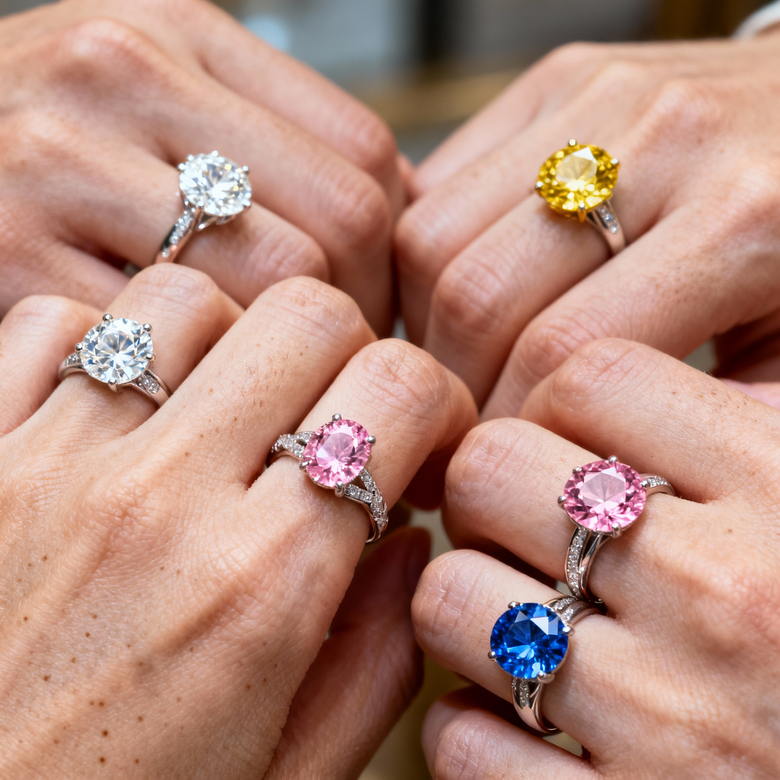
What Changed in 2025
Explosive growth in size
The global market for lab-grown diamonds has ballooned — estimates put its value at around US $28 billion. Import volumes of polished lab-grown stones nearly doubled (from ~7.8 million carats to ~15.3 million from India alone) in fiscal year 2024-25. And while volume surged, per-carat prices seemed to settle for “commodity size” categories.
Beyond jewelry
In trade shows and symposiums in hubs like Dubai, the conversation broadened. Lab-diamonds are no longer confined to rings and necklaces. Their potential uses in electronics, optics, and engineering are now real topics.
Consumers, marketing, and mainstream acceptance
Brands invested heavily in retail — displaying lab-grown stones alongside natural ones, training staff, spotlighting provenance. Meanwhile, younger buyers (Millennials and Gen Z) embraced lab-grown diamonds for their transparency and value.
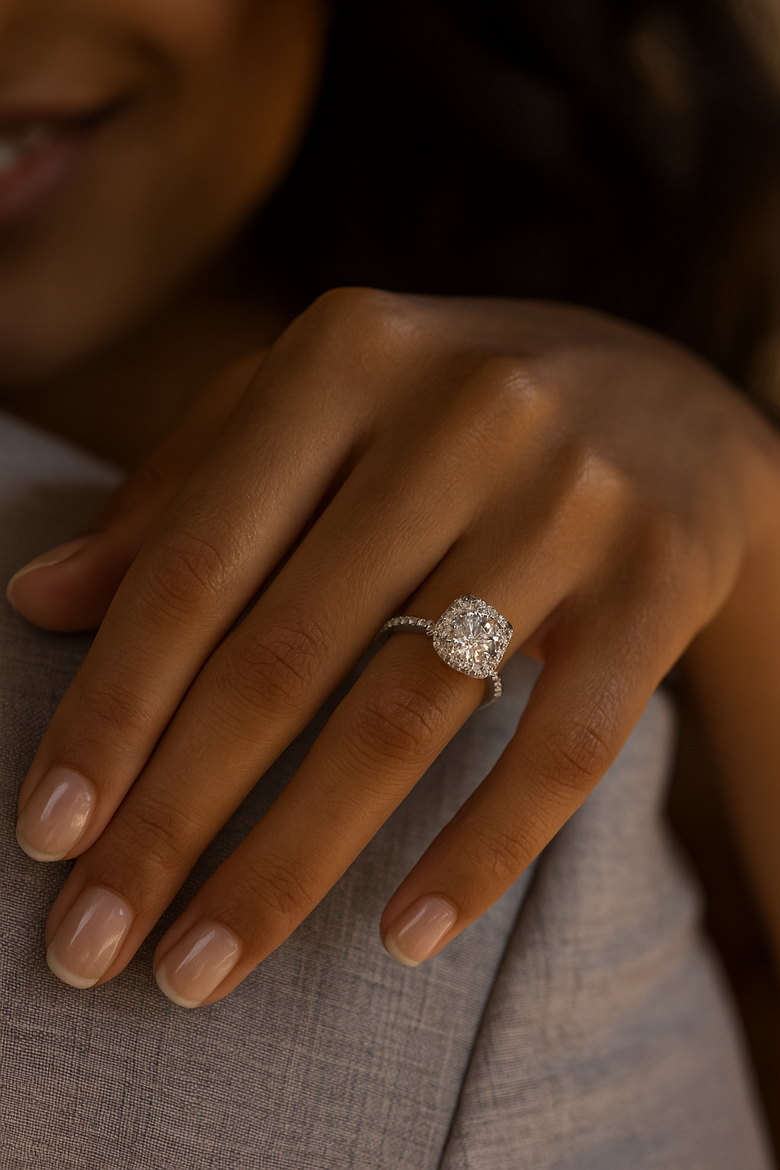
Key Trends to Watch Going Forward
Scaling up and cutting costs
As production capacity ramps up and techniques improve, unit costs will settle. Expect more variety in size, color, and cut at prices that appeal to everyday buyers.
Retail’s shifting stance
More traditional jewelry retailers are integrating lab-grown options into their core offerings. This increases visibility and trust, reducing “buyer hesitation.”
Younger market, different values
Younger consumers are less impressed by rarity than by story, sustainability, and price. They shop online, they research, they compare. Lab-grown diamonds align well with those priorities.
Design freedom
What was once too expensive or rare is now practical. Expect bolder designs, colored stones, cluster settings — creativity freed by more consistent supply.
Industrial & technical uses gaining traction
Use in heat dissipation, electronics, optics — industries that once used natural diamonds or simulants may lean more on lab-grown as cost and scale improve. This diversification could stabilize revenue sources beyond the whims of jewelry demand.
Possible Futures: Scenarios for 2026-2030
Conservative Case
Growth continues steadily. The market edges up from ~$28B in 2025 to ~$30–31B in 2026, then climbs at 7-9% annually. The USA remains a key retial hub. Price volatility remains manageable.
Optimistic Case
Retail acceptance and industrial demand accelerate rapidly. Emerging markets in Europe and Asia open up further. Investment floods in. Global market hits new records.
Segmented Reality
Not all parts grow equally. Engagement rings and fashion pieces (especially for value-oriented consumers) swell fast. Ultra-luxury mined diamonds retain their premium mystique. Everyday jewelry becomes dominated by lab-grown options; natural stones hold their ground as heritage, prestige, or investment pieces.
Future Risks
Tariffs and ever-changing export/import rules could disrupt supply chains or shift costs. At the same time, for many, mined diamonds will still hold emotional value — history, rarity, the “real thing.” Lab-grown needs its own identity, not just “cheaper alternative.”
What This Means for Brands & Retailers
If you’re in the jewelry business, the message is loud and clear: clarity, quality, agility. Lay out lab-grown vs natural options side by side. Be transparent about certifications, warranties, resale possibilities. Tell stories that matter — not just about "eco-friendly" but about people, origin, craftsmanship. Shoppers want authenticity. Experiment with distribution: online, direct to consumer, collaborations, fashion crossovers. Combine physical presence (for those who want to touch and see) with strong online visuals. Have flexible and trustworthy suppliers, such as LaBrilliante.
2025 wasn’t just another year; it was a turning point. Lab-grown diamonds crossed thresholds — of scale, acceptance, application. The market is substantial, and opportunities are broad. The winners will be those who combine craftsmanship with transparency, who offer real value, and who understand that what people want is story, choice, ethics, and, of course, the brightest sparkle.


